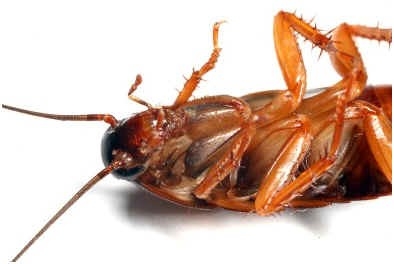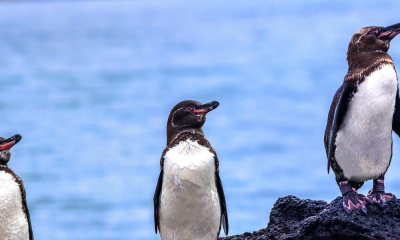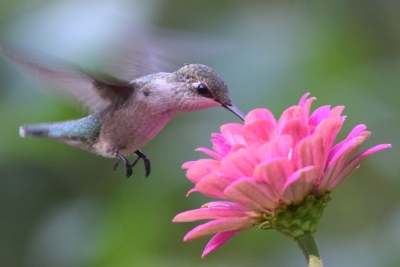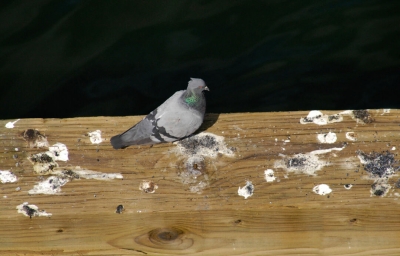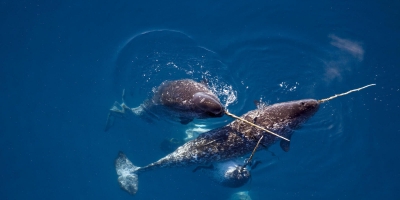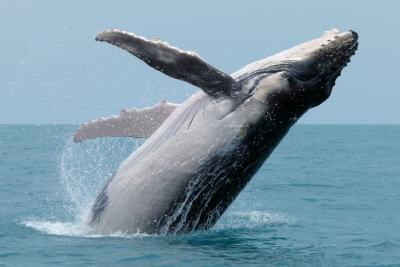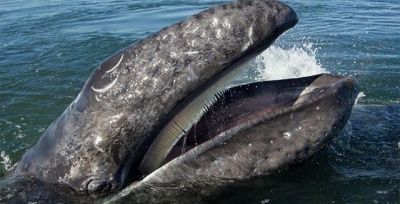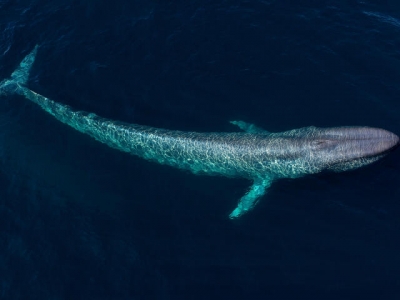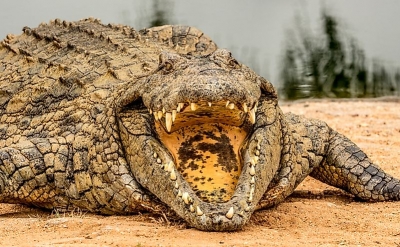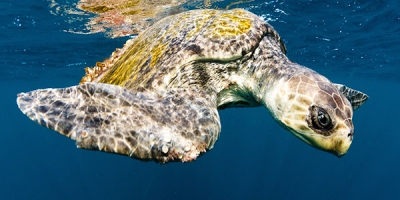What are the fun facts of avocet?
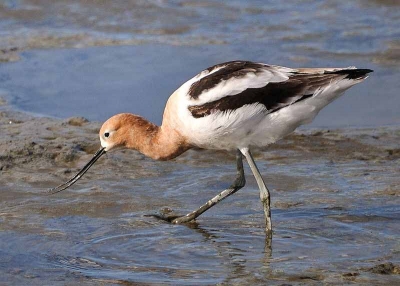
Avocet is a medium-sized wading bird found in Europe, Asia, Australia and North America. It inhabits wetlands, marshes and swamps.
Its body is covered with black and white feathers. It has long, slender legs and webbed feet. Its long, upward curled beak is most distinctive feature.
Its diet includes insects, worms, crustaceans, molluscs, fish and amphibians. It is a social bird that lives in large flocks. It is highly territorial and it aggressively protects its territory.
Their nests are little more than depressions in the sand or platforms of grass on mudflats. If the water rises, the breeding pair raises the nest a foot or more with sticks, weeds, bones, and feathers to keep the eggs above water.
After hatching, the young not only feed themselves, but they can also swim.
Avocets will defend themselves using distraction tactics such as loud screeching, a "crippled bird" act, and even a "dive bomb" display where the bird will swoop down on the predator and narrowly miss it until the intruder turns away.
Picture Credit : Google
